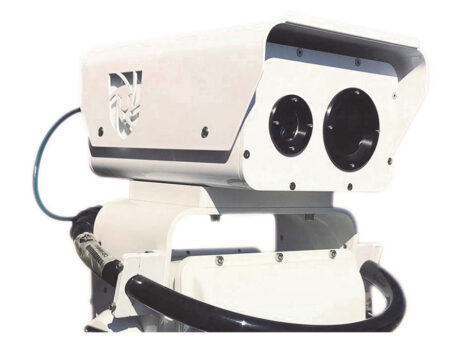Honeywell introduces automated methane monitoring solution in Europe to help companies address their climate goals
Honeywell introduced its gas cloud imaging (GCI) system in Europe to provide automated and continuous monitoring for leaks of dangerous and polluting gases such as methane at oil and gas, chemical and power generation facilities across the continent.
Reducing gas emissions such as methane from hydrocarbon operations is one the most cost-effective and impactful methods to help reach global climate and environmental goals. Methane is more potent in trapping heat than carbon dioxide after 20 years.
Part of the Honeywell Rebellion gas cloud imaging product portfolio, the Mini GCI system is a compact device designed for congested areas and small sites, which is ideal for many facilities in Europe. The Mini GCI systems can be placed throughout an industrial facility to continuously monitor for gas leaks and provide alerts as soon as they occur.
The system, powered by proprietary hyperspectral gas analytics using artificial intelligence, provides facility operators with an easy-to-interpret, colored visualization of the gas plume type, location, direction, size and concentration. This allows for an earlier and more effective response before leaks have the chance to grow into bigger emissions or safety issues.
Current gas leak detection methods require workers to periodically inspect a site with handheld thermal imaging cameras to identify leak sources and arrange for repairs. This approach is time consuming, subject to human errors and can only detect a leak at a specific moment in time when the technician is in the field.
Honeywell’s system provides continuous monitoring and offers real-time analytics to see and measure concentrations of the leaked gases. Using hyperspectral sensors, the system can see an “optical fingerprint” of the gas cloud, which makes it possible to differentiate multiple gas types.
